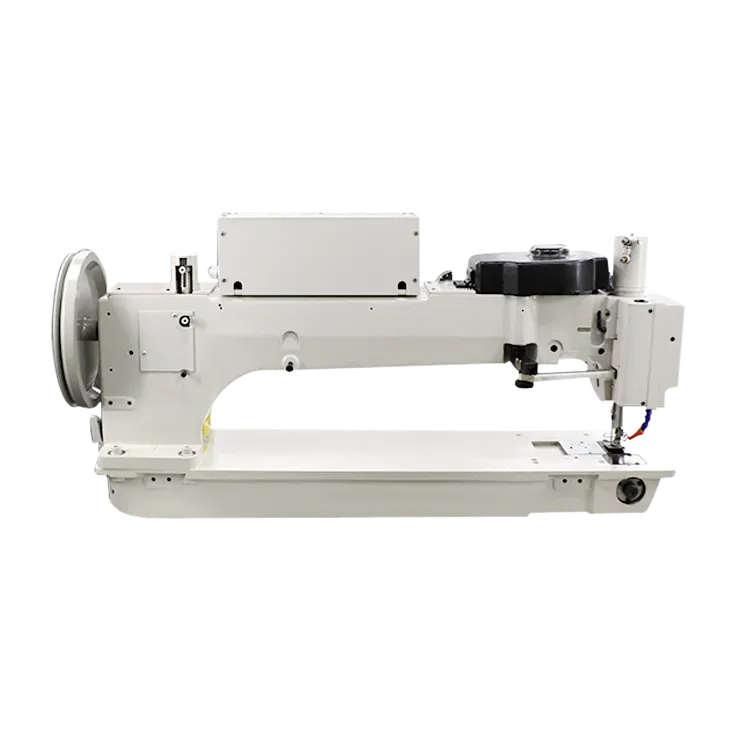Exploring the Benefits of Using a Twin Needle on Your Sewing Machine
Using a Twin Needle on a Sewing Machine A Comprehensive Guide
Sewing enthusiasts often seek ways to enhance their creative projects, and one effective method is using a twin needle on a sewing machine. This simple yet powerful tool can add a professional touch to your garments and home décor projects. In this article, we'll explore the benefits, techniques, and tips for using a twin needle effectively.
A twin needle is essentially two needles attached to a single shank, allowing you to sew two parallel lines of stitching simultaneously. This not only saves time but also provides a beautiful, decorative effect that is particularly appealing for hems, quilted patterns, and topstitching. Moreover, using a twin needle can mimic the look of professional ready-to-wear garments.
Choosing the Right Needle
Before you start sewing, it is crucial to select the appropriate twin needle. Twin needles come in various sizes and spacings. The size indicates the thickness of the needle, while the spacing denotes the distance between the two needles. For most projects, a 2.0mm or 4.0mm spacing works well, but it is essential to choose based on the thickness of your fabric. Always consult your sewing machine’s manual to ensure compatibility with twin needles, as some machines may have specific requirements.
Setting Up Your Sewing Machine
To use a twin needle, start by installing it in your sewing machine. Remove the standard needle and insert the twin needle into the needle clamp, ensuring that it is securely fastened. Next, thread your machine with two spools of thread. This can be done by using a second spool holder or by unwinding the thread from one spool and guiding it through the machine’s threading path. Ensure each thread follows its appropriate tension disc to avoid uneven tension while sewing.
using a twin needle on a sewing machine

Sewing Techniques
Once you have set everything up, it’s time to sew. Adjust your stitch settings on the machine to a straight stitch or a zigzag stitch, depending on your project and fabric type. It's advisable to test on a scrap piece of fabric first to ensure the tension is correct and the stitching is even.
When sewing with a twin needle, it's crucial to select a suitable fabric. Lightweight fabrics, such as cotton, knits, or silk, perform best. Heavy fabrics may cause the needle to skip stitches or break. If you're working with knit fabrics, consider using a ballpoint twin needle, as it is designed to work through the fibers without snagging.
Finishing Touches
After completing your project, trim any excess threads and press the seams. The double stitching created by the twin needle not only serves functional purposes but also enhances the overall look of your project with its decorative appeal. Feel free to experiment with different thread colors to achieve unique effects.
In conclusion, using a twin needle on a sewing machine can elevate your sewing projects by adding professional-grade finishes. With a bit of practice, you will master this technique and create stunning garments and home items that showcase your creativity. Whether you're edging a hem, creating pintucks, or adding decorative stitches, a twin needle is a valuable addition to your sewing toolkit. Happy sewing!
-
Boost Production Efficiency with a Pattern Sewing MachineNewsAug.29,2025
-
Industrial Excellence with the Best Heavy Duty Sewing MachineNewsAug.29,2025
-
Precision and Power with the Best Pattern Sewing MachineNewsAug.29,2025
-
Reliable Bulk Packaging Starts With the Right FIBC Sewing MachineNewsAug.29,2025
-
Advanced Packaging Solutions: Elevate Productivity with Jumbo Bag Sewing Machine and Industrial Stitching EquipmentNewsAug.29,2025
-
High-Performance Solutions for Bulk Packaging: FIBC Sewing Machine and MoreNewsAug.29,2025
-
Maximize Efficiency with an Industrial Cylinder Arm Sewing MachineNewsAug.28,2025


























